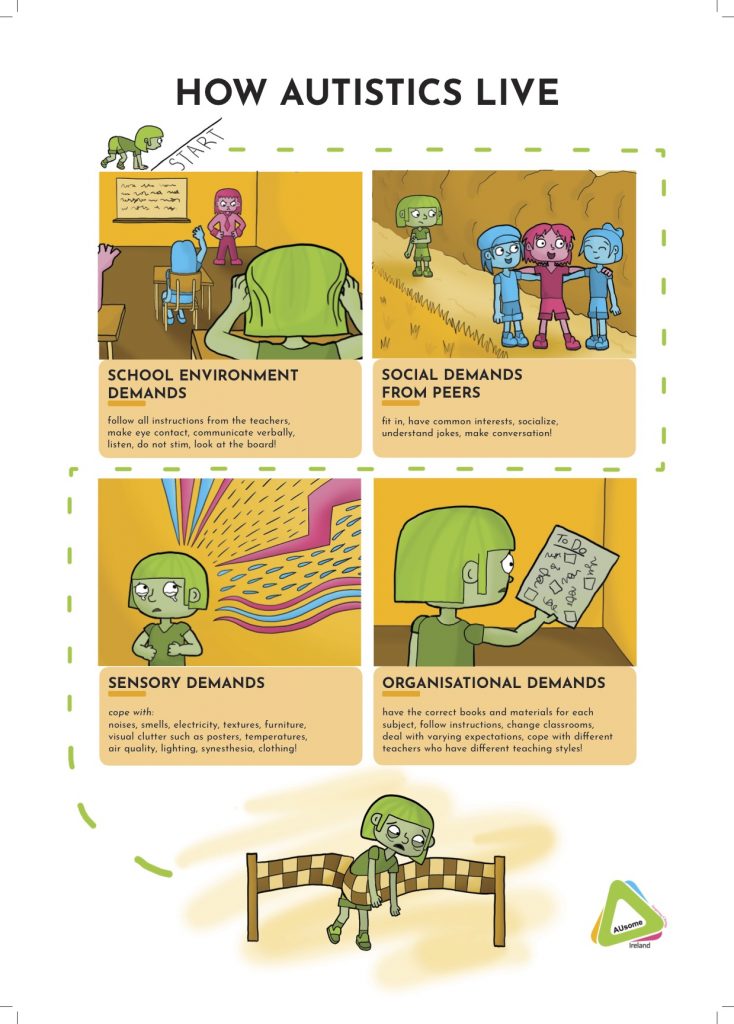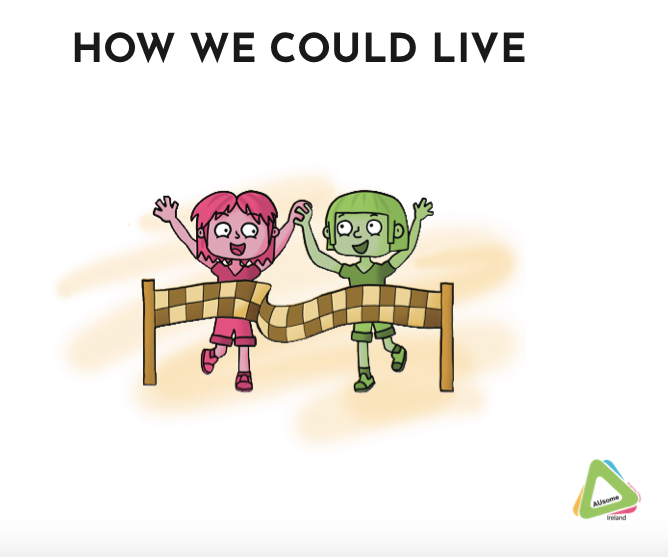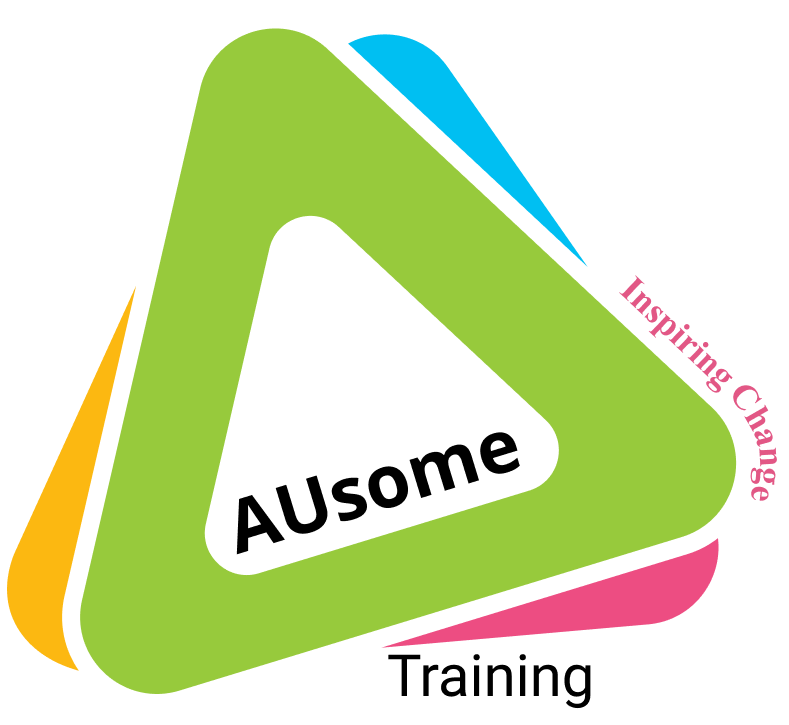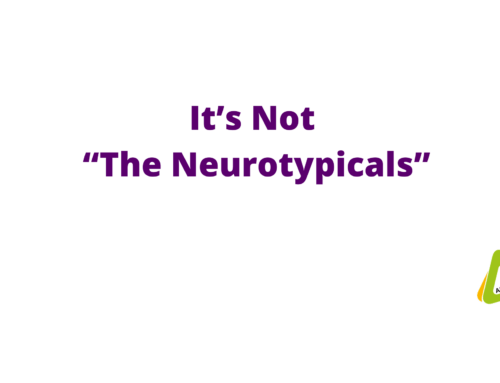Sensory Processing Disorder is often used to describe Autistic experiences. In this piece we look at what we are processing rather than how we are processing it. Let’s take a look at how sensory processing is understood. The current thinking among some professionals is that autism magically creates an inability to process sensory inputs “appropriately”.
But this interpretation of sensory processing seems to be in conflict with other research. We have research which shows that Autistics are more sensitive to our environment than others are. We take in more information or inputs from our environment than non-autistic people do.
To understand the current thinking I’ll use the analogy of a hot bath. Let’s say a subject gets into a bath and the water is too hot for them. Their threshold for heat is different to that of the observer. The observer then declares that the subject can’t process the sensory input (heat) correctly or “appropriately”. They base this assumption on the fact that the water does not feel too hot to them. Human experiences are subjective and human sensory experiences are based on a number of factors. This is often left out of the discussion when it comes to Autistic people. I think this is reflective of the way Autistics are classed as “other” or subhuman even.
Autism discussions are filled with narratives about how Autistics do not respond appropriately. These responses can be in a social situation or to sensory input. There is an assumption that the environment is perceived in the same way by everybody. We also see an assumption that there is a correct way to interpret the environment. Anything that differs from this “correct” way is wrong, disordered or inappropriate. There also seems to be an idea that Autistics are sensory beings while non-autistics are not. We are all sensory beings. All humans are sensory beings.

The obvious solution in the case of the bath tub is to add cold water. When we add cold water we change the temperature or we change the environment. And that is what a person who is in charge of their own environment will do automatically out of instinct. But what happens when that person is not in charge of their own environment? Let’s say the subject isn’t allowed to add cold water and make themselves more comfortable. Let’s say they are Autistic and everything they do is interpreted as wrong. The observer insists that they stay in the hot environment because it’s simply not hot.
Let’s say the subject reacts to the hot water by winching, or by flailing about in the water or by screeching. The observer then declares these responses are inappropriate because that is not how they themselves respond to the bath water. The observer forgets that sensory experiences are subjective. They would also react in similar ways if their own bath was a higher temperature than they could tolerate. The observer forgets that their experience is not everyone’s experience.
The forgetful observer, the expert on sensory processing disorder, deems the reactions “inappropriate behaviours”. They say these behaviours are an inability to process the hot water correctly. The forgetful observer then turns their attention towards these reactions or “behaviours”. They try to come up with inventive ways to stop the person winching and flailing because that is not an appropriate response to a bath. In an effort to stop the “behaviour” they try to reward the subject for not winching. They try to reward the subject for sitting still in a painful bath.
After a series of attempts the subject realises that they have no choice but to hide their pain and they give in. They use all the energy they have to sit still in the hot bath. They internalise their responses so that they are now invisible to the observer. Then the observer declares that the rewards “worked”. The positive reinforcement worked to change the unwanted behaviour. The observer says this because the observer only focuses on outward behaviour. They don’t think about emotions. What happens to humans when we are forced to internalise our pain?
Then another, slightly more enlightened observer comes in. They decide that the behaviours are a way that the subject communicates their pain. Now they focus on changing the behaviours. They will allow the subject to express pain but only in an “appropriate” way. No observer wants to watch someone winching or listen to them screeching. The next idea is to redirect the “behaviours”. So the observer teaches the subject to hum a pleasant tune instead of screeching so that they can communicate their pain appropriately. They reward them for humming instead of screeching in the hot bath. They declare that they have successfully redirected the behaviour. Again in this case what really has happened is that the subject just gave up . They gave in and knew they had no option only to perform. In both instances the bath is still too hot.
If this is all starting to sound ridiculous to you, then good. This is exactly how ridiculous many of the approaches to autism are. Utterly futile exercises from the observers and utterly painful and traumatic for the Autistic subject. Yet these are approved methods in autism “therapies”. They are often marketed as best practise for autism. But can you think of any other context where they would not be considered a form of torture?
I’m hoping the very obvious solution here is to change the temperature of the bath. By changing the bath temperature we are changing the environment. It’s literally that simple. Yet parents spend millions, if not billions each year on “therapies” trying to train Autistics to hide their pain. Hiding pain is not the same as eliminating pain. Of course the subject could also just remove themselves from the bath. Another simple solution if they were given the agency to do so.
What does hot baths have to do with our sensory environment?
So let’s say the person in the hot bath is an Autistic child in a hostile school environment. The school environment assaults their senses from all angles. The lights are too bright. The class is too noisy. They are treated differently by the teaching staff . No one invites them to birthday parties. Let’s say the person in the hot bath is an Autistic adult whose boss is always misinterpreting what they mean. Their co-workers laugh at her behind her back. And they never ask them along for drinks after work. For both these people their environment causes them pain. It is painful to exist in a hostile environment. Our environment includes the social environment.
So the child in the hostile school environment picks their skin as a response to the stress of coping with this painful environment. Where the subject in the bath winced, flailed and screamed, this child picks their scalp because their environment is painful. She does it so much that her scalp bleeds. The concerned teaching staff wonder why she picks her skin, hurting herself. A professional told them that Autistics do these strange things. They call this strange thing stimming.
So they focus now on redirecting the skin picking. They are worried for her. They invest in a sensory room so that she can go there to get sensory input from flashy lights instead of picking her scalp. (Yep, makes no sense to me either). They tell her that she’s hurting herself when she picks her skin, as if it’s something she didn’t know. They ask her why she does it. She doesn’t know how to respond. She has been never really experienced a non-hostile environment. The concerned staff furnish her with sensory toys to squeeze and spin in an effort to help her.
The attempts made by the concerned staff come from a better place than the observers in the first part of this piece. But they are also focusing on the reaction or “behaviour” instead of the source of the pain… the environment. I’m pretty sure that as a teen I could have redirected my skin picking to squeezing some theraputty. But this redirection would have done nothing about the stress and pain I was experiencing in my school environment. Focusing on behaviours is pretty futile. Not picking my skin and doing something else instead would have done nothing for the underlying stress and pain. I still felt it.
Meanwhile the adult at work does not react by picking, winching, flailing or screaming. Instead they start to avoid any unnecessary interactions with their boss. They avoid lunchtimes with co-workers. People put this down to them being Autistic and stereotypically antisocial rather than looking at what is happening in their environment. They forget to look at the part they’re playing. Non-autistic people can make Autistic adults want to avoid any more painful experiences than are utterly necessary.
All humans are sensory beings
All humans are sensory beings. We have sensory profiles unique to us. That means we are have different levels of sensitivity. We are human so we have different responses to sensory input. Some of us will find a draft annoying while others will not even notice it. Some of us will like heavy metal music while others will find it an assault on our senses. For some of us spicy foods are a little piece of heaven while others can’t tolerate them. Some of us enjoy silence while others need constant noise. Some of us like hot tea while others like it lukewarm. There are those of us like to drive fast while others stay well below the speed limits.
We have personal preferences. Some of us will like a certain perfume while other will find it offensive. Some of us like milk chocolate while others prefer it dark. My favourite Christmas song might be the one you hate.
Our present sensory experiences are also linked to sensory experiences in the past. Our memories can shape our responses and are part of our sensory processing. This can be a beautiful thing to experience. When the smell of fresh cut grass brings us back to a cherished childhood experience. A broad smile suddenly appears on a face as we remember a happy time. Or it can be a horrible experience when sensory input triggers bad or difficult memories. When that happens we have little control over how our bodies respond. This can be a sign of PTSD or cPTSD .
You might be wondering why I’m talking about Complex Post Traumatic Stress in a piece on sensory processing. Well I’m mentioning it because when someone suffers with cPTSD or PTSD they are not only reacting to the present environment but also to the memories triggered by it. They are reacting to every time they experienced that pain. There are many professionals who think that autism magically creates an inability to process sensory input. Somehow autism magically makes the Autistic person “over react”. They think that autism makes an Autistic person have an inability to regulate their emotions. This again shows us a lack of understanding around human behaviour. It is another example of where the medical model of autism ignores medical research.
The idea that we can’t regulate our emotions is based on the same premise of the bath mentioned above. Instead of seeing what we are reacting to i.e. the water being too hot. They are presuming that we are experiencing the environment in the same way that they are. They say that our reactions are unregulated. But what if we are not just responding to the water being too hot? What if we are also reacting to every time we had to endure a painful situation? What if we are reacting to past pain on top of the water being too hot?
When professionals talk about the sensory environment they seem to omit a really important part of our environment. That is the social environment. The physical environment does not exist separate to the social environment. How does the social environment respond to Autistics? I’m afraid to say that it treats us pretty poorly. We have lots of Autistic anecdotal evidence of being mistreated socially. There is also evidence to show that non-autistic people perceive us a weird or odd.
As a side note I don’t think this is a fair investigation for non-autistic’s responses to us. I think we also need to look at how non-autistics are responding to the environment. We need to look at that environment also. We need to look at the lack of representation of Autistics in media, film, books, theatre etc. It is also worth exploring how the media misrepresents Autistic mannerisms (such as eye contact, unusual movements). Often the media projects incorrect stereotypical ideas of us (lack of empathy) onto villains and serial killers.
It is possible that non-autistic people perceive Autistics the way they do because of the representations they have been exposed to prior to meeting us. We are all human and humans respond to environments, including the people in them in similar ways. This is not a justification for oppression either. It is however applying the same analysis of environmental impacts on non-autistic responses to us in the same way that I am asking you to consider how the environment impacts Autistics.
Sensory Processing: our social environment
At our webinar on Social Anxiety and Masking psychotherapist Eoin Stephens mentioned the Pain of Social Rejection. This is something that I’ve never heard mentioned when professionals discuss “sensory processing”. They seem to separate our social and physical environments. Being socially rejected is painful. Experiencing social rejection on an ongoing basis can be traumatic. Repeated trauma from our social world can lead to developing cPTSD. So when an Autistic child “explodes” or the Autistic adult “over-reacts” I would argue that they are responding to triggers. What some perceive as “over-reaction” is actually a very human and genuine reaction to repeated pain and trauma. Yet they say autism causes this over-reaction or inability to regulate.
Professionals would have us all believe that autism magically causes an inability to interact, make friends, develop relationships … but how good would you be at interacting if others shunned you? Would it be easy for you to make friends if all those potential friends thought you were odd or weird or even scary? I accepted this story around our social “deficits” for a while. I accepted that Autistics have difficulties around making friends and social interaction. This seemed plausible because we do indeed experience difficulties in social interactions. What is missing from this story of course is how others interact with us, how others respond to us and how other people treat us. Social interaction, communication, friendships and relationships are all two-way things. To blame one side in any of these two-way things is a little… well a little bit arrogant.
Our sensory environment includes our social environment. Social situations provide sensory inputs. Our previous experiences affect our current responses. Our emotions also impact our processing of sensory input. Let’s imagine that you are worried. Let’s say you are waiting on bad news about a loved one. You are waiting for the phone to ring. How do you respond when the phone rings when you are anxious and awaiting bad news? Does your heart stop? Do you jump? Do you “over-react” to the onlooker who does not know that you are waiting for bad news? Or do you react exactly to the sensory input provided by your emotional state and the sound of the phone ringing?
Now think about the Autistic person who feels highly anxious in social situations because of the social rejection they’ve felt throughout their life. Are they “over-reacting” to the loud noise? Or are they reacting to the sensory input provided by their emotional state and the sound and their level of sensitivity?
Despite ideas from the medical model of autism we cannot separate “sensory processing” from our emotions. We cannot separate trauma from sensory processing. And we cannot interpret someone else’s responses to sensory input based on our own limited perception of what that person is actually responding to.

We need to start talking about Sensory-Emotional responses. We need to look at the environment through the subject’s eyes rather than through our own. The only thing disordered about Autistics is the way the medical model mistreats us. When someone is experiencing pain from their environment we have two options: we can change the environment or we can remove the person from that environment.
Removing Autistics from this world is not an option despite many researchers attempts to do so. And so we must learn to create a better world. A world that accepts Autistics as we are. A world which doesn’t create responses and then blame those responses on some made up condition called autism. Each of us is responsible for this world, we all create the social environment and we each have the power to change it. That starts with listening to Autistic experiences and validating Autistic perspectives. My friend and colleague Stiof MacAmhalghaidh who worked with me on our Autism and Sensory Processing Webinar, summed this up beautifully when they said “it’s not the senses, it’s what the senses sense”. If we look at what we are processing rather than just calling it sensory processing disorder then we can serve Autistic people better.




